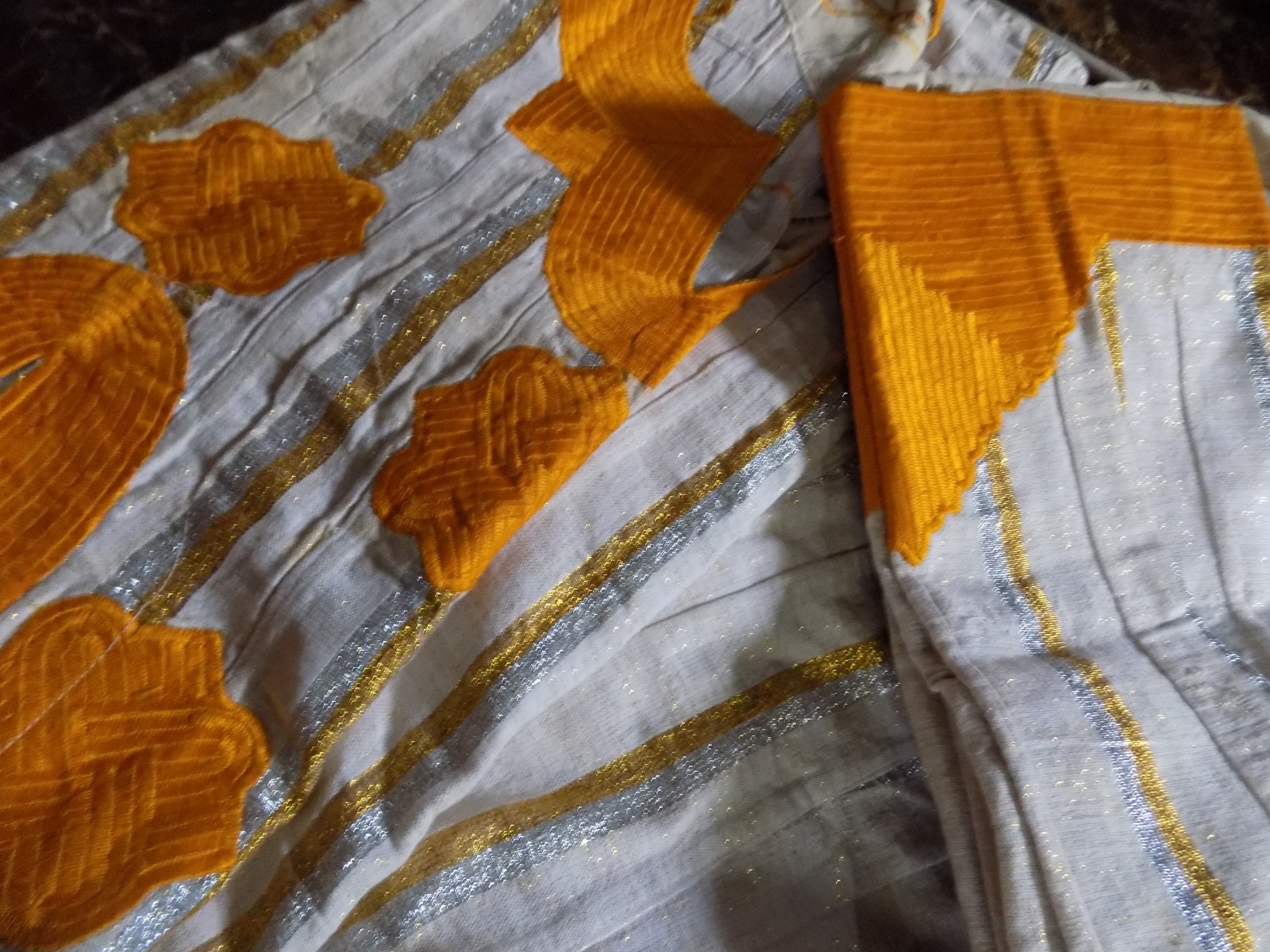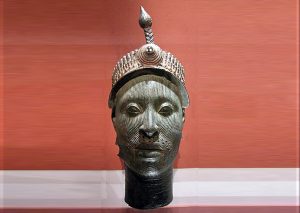
Image credits: Google Arts & Culture/Youth Entrepreneurs
Batik is not new to people in Nigeria. With both old and young ones wearing it, it has become a cloth that suites all occasions. A cloth that you can easily choose in your wardrobe and wear with bag and shoes to match. Batik is a traditional fabric art form that involves wax-resist dyeing to create intricate patterns on cloth. While batik is not traditionally associated with Nigeria, it has gained popularity in the country in recent years as a form of creative expression and a means of preserving cultural heritage.
In Nigeria, there is a growing interest in promoting indigenous arts and crafts, including batik. Various individuals and organizations have been actively involved in promoting and preserving the art of batik dyeing. These efforts aim to empower local artisans, promote cultural tourism, and showcase Nigeria’s rich artistic traditions.
Additionally, Nigerian fashion designers and entrepreneurs have been incorporating batik fabrics into their designs, giving the art form wider exposure and recognition. This has contributed to the revitalization and appreciation of batik dyeing in Nigeria.
Overall, while batik dyeing may not have a long-established history in Nigeria, it is gradually gaining recognition and popularity as part of the country’s diverse artistic landscape.
Economic Relevance of Batik Dyeing in Nigeria
Batik dyeing has economic relevance in Nigeria in several ways and some of these relevances are listed below.
Employment and Entrepreneurship:
The production of batik fabrics creates job opportunities for many Nigerians. Artisans involved in the dyeing process, including waxing, dyeing, and patterning, can earn a living by producing batik textiles. Moreover, entrepreneurship opportunities arise as individuals start their own batik dyeing businesses, employing workers and contributing to the local economy.
Cultural Tourism:
Batik dyeing has become a form of cultural tourism in Nigeria. Tourists and visitors are often interested in experiencing and purchasing locally produced batik fabrics as souvenirs. This creates a market for batik products, generating revenue for artisans, local markets, and businesses catering to tourists.
Export Potential:
Nigerian batik fabrics have the potential for export, contributing to the country’s foreign exchange earnings. As the international demand for African-inspired textiles and fashion continues to grow, Nigerian batik fabrics have the opportunity to be exported and sold in global markets, providing economic benefits to the artisans and the country.
Value Addition and Product Differentiation:
Batik dyeing adds value to locally produced textiles, making them unique and distinct from mass-produced fabrics. By incorporating batik designs and patterns, Nigerian textile producers can differentiate their products in the market, attracting consumers who appreciate the artistic and cultural aspects of batik dyeing.
Training and Skill Development:
The promotion of batik dyeing in Nigeria includes training programmes and workshops to enhance the skills of artisans. These initiatives contribute to capacity building and skill development, empowering individuals and communities to engage in income-generating activities. As the skill level improves, the quality of batik products increases, allowing artisans to command higher prices for their work.
Overall, the economic relevance of batik dyeing in Nigeria extends to job creation, entrepreneurship, cultural tourism, exports, value addition, and skill development. It serves as an avenue for income generation, preserving cultural heritage, and contributing to the country’s economic growth.
Do you like batik?
Kindly like and share your thought.





















